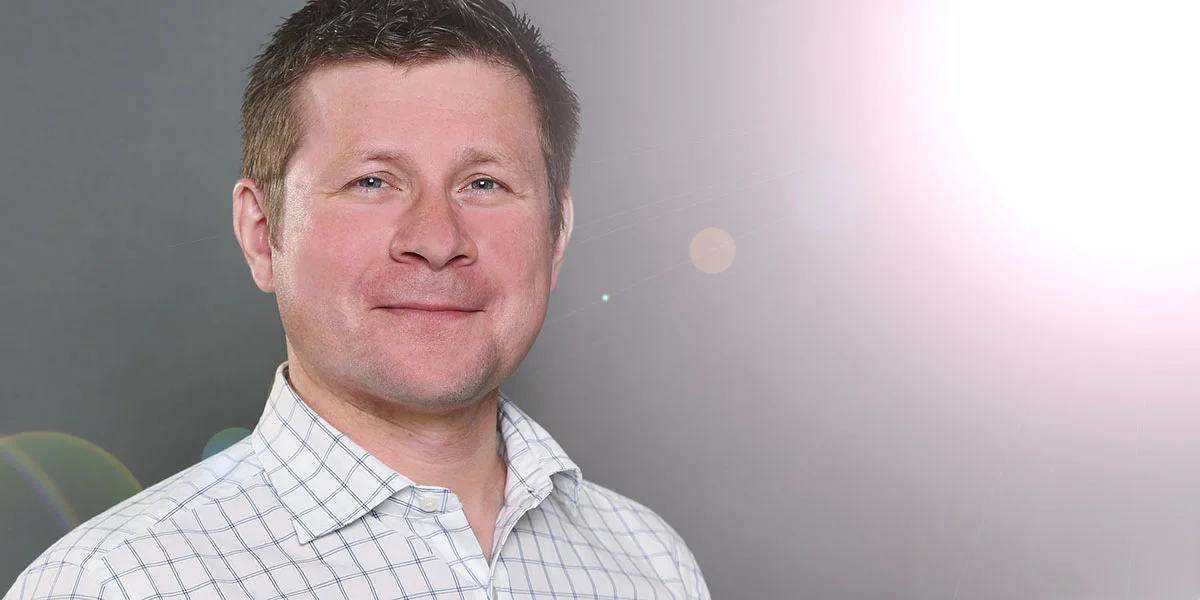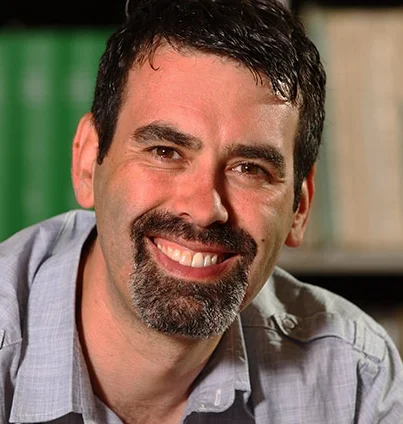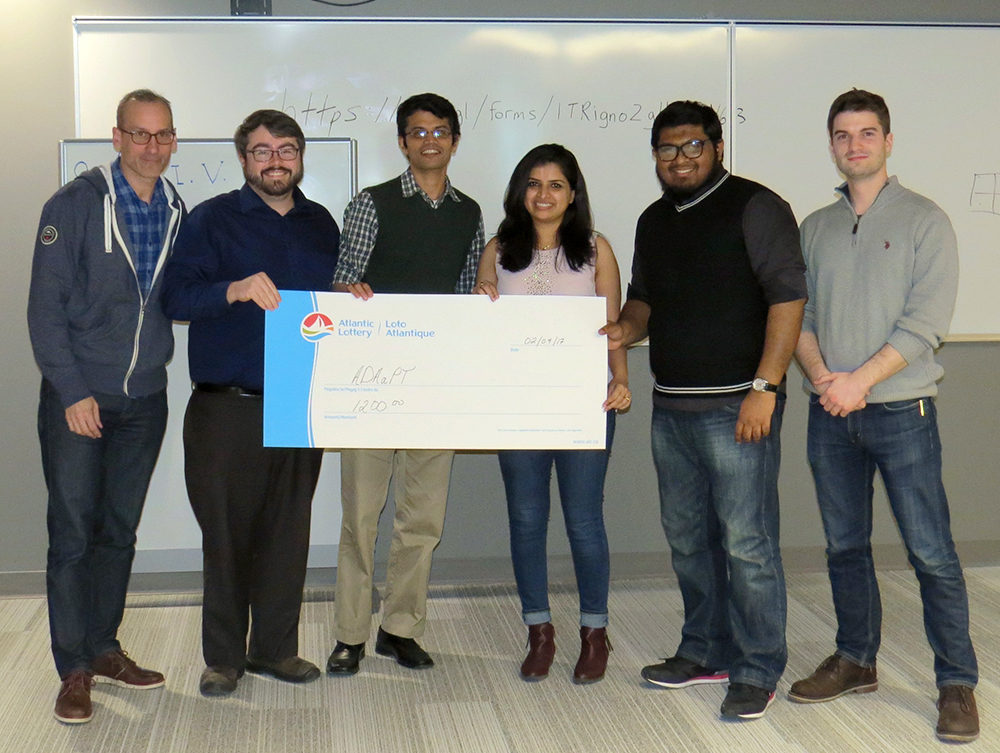Kyle Awalt
This fall, recent Saint Mary’s graduate Kyle Awalt is headed down under to pursue a Ph.D. in Medicinal Chemistry at the University of Monash in Melbourne, Australia. Kyle, who graduated this spring with a Bachelor of Science in Honours Chemistry, received a Monash Graduate Scholarship and Monash International Postgraduate Research Scholarship, two highly competitive awards worth roughly $70,000 a year. At Monash, Kyle will study under the supervision of Dr. Peter J. Scammells, Medicinal Chemistry Theme Leader and Associate Dean (Research) at Monash Institute of Pharmaceutical Sciences, Monash University. Monash’s prestigious pharmacy program routinely ranks among the best in the world.
Since his second year of study, Kyle has worked as a research assistant to Dr. Robert Singer, current Chair of Saint Mary’s Department of Chemistry. Dr. Singer is a leader in green chemistry and a long-time collaborator of Dr. Scammells.
Kyle credits his experience at Saint Mary’s with his scholarly achievement. “My success has been driven by the paper I published and my work in Dr. Singer’s lab,” says Kyle. “I don’t think I would have had the same level of opportunity as an undergraduate at a larger school.”
Kyle’s undergraduate honours thesis led him to co-author a paper, Utility of iron nanoparticles and a solution-phase iron species for the N-demethylation of alkaloids, published in the peer-reviewed journal RSC (Royal Society of Chemistry) Green Chemistry. It describes a key step in the preparation of naloxone, a drug used to treat opiate overdoses, including fentanyl. Using green solvents and iron as a catalyst, Kyle and his co-authors optimized one of the chemical reactions necessary in the production of the potentially life-saving drug.
Given the current global opioid crisis, this work is particularly timely. “A relatively straight line can be drawn between what we’re doing in the lab and what happens in the real world,” says Kyle. “It’s very rewarding.”
In addition to Dr. Robert Singer, Saint Mary’s University, Kyle’s collaborators include Dr. Peter Scammells and others from the Universities of Monash and Nottingham.
After completing his Ph.D. at Monash University, Kyle plans to pursue postdoctoral studies in Europe. Ultimately, he would like to return as a faculty member at a Canadian institution.
"Small universities like Saint Mary's encourage collaboration and allow undergraduate students the opportunity to take ownership of their research,” says Kyle. “Ultimately, I hope to return to that as a professor.”














